Kumamoto Prefecture, Japan
My favourite part of the exchange program was the sightseeing tour. Our first stop in our short 2 and half day tour of Kyushu is Kumamoto Castle, a re-constructed castle. The original castle dates back to the early 1600s and it was designed by the daimyo, Kato Kiyomasa.
The original castle keep was burnt down in 1877 just before a 2-month siege by Saigo Takamori during the Seinan Civil War. The current ferro-concrete reconstruction dates back to 1960. Beneath the recreation of the original castle’s exterior is a modern museum with exhibits that showed the history of the castle and its construction.
Views from the top of the castle keep.
During our visit in 2006, the reconstruction of the lavish Honmaru Goten Palace building was still underway. Completed in 2008, visitors to Kumamoto Castle today can now visit the extravagant palace with its opulent surroundings.
From Kumamoto we head for Mount Aso, an active volcano in the center of Kyushu. It is the largest active volcano in Japan. The ancient caldera of Mount Aso is one of the largest in the world, with a diameter of up to 25 kilometers and a circumference of over 100 kilometers.
We spent our night at the Aso Villa Park Hotel . The modern hotel offers pretty views of the surrounding mountains and the breakfast room faces the the peaks of Mount Aso. My fellow studiomate was surprised and disappointed that there are apparently no fresh vegetables available during the buffet.
Making our way up the mountain.
We made our way up to Mount Nakadake, one of the few active peaks within the huge caldera of Mount Aso via a short ropeway ride. A round trip from the base of the Nakadake Crater to the scenic point itself is about 1000 yen.
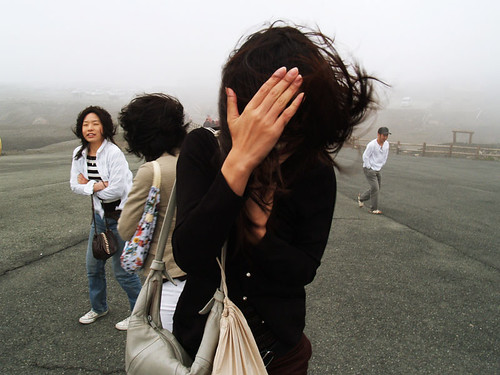
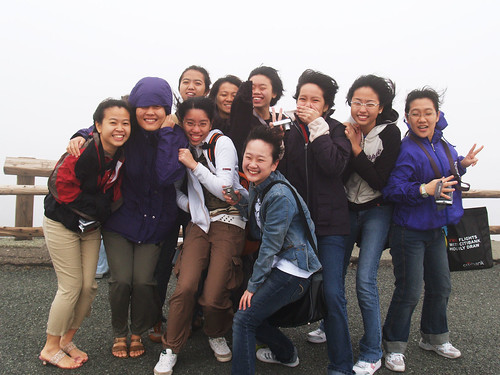
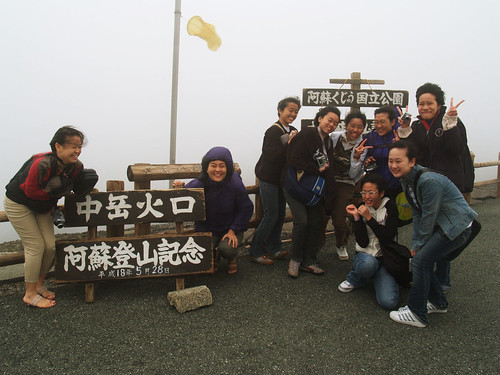
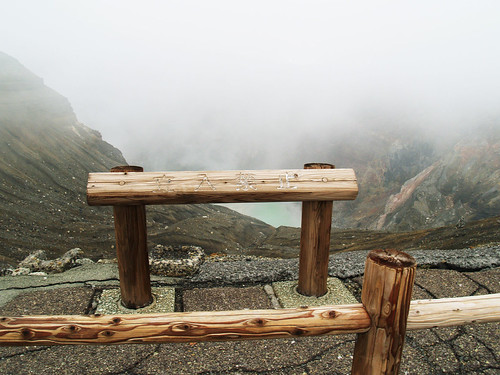
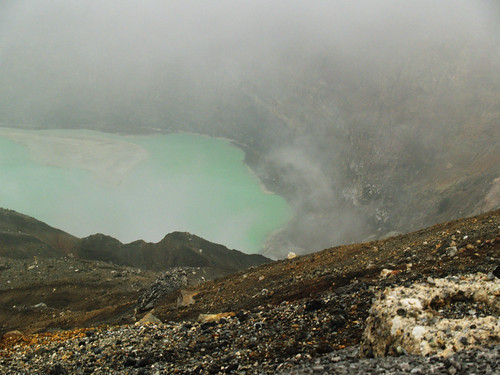
What welcomed us at the peak was a thick fog and turbulent winds. As such, I could only catch a glimpse of the turquoise sulphurous pool in the center of the crater accompanied by the smell of sulphur.
The visibility was really low and it was freezing.
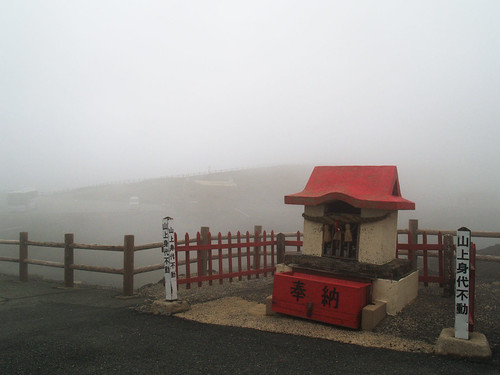
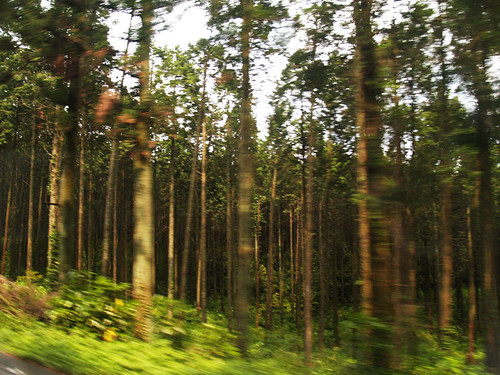
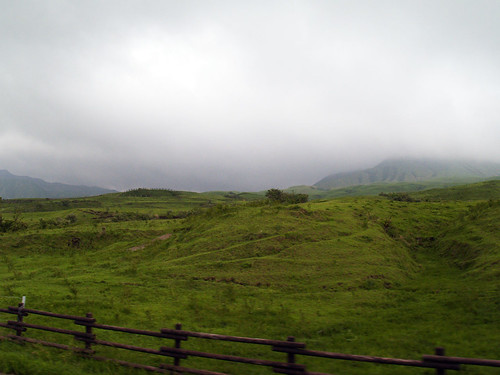

The cable car seemed to appear out of nowhere.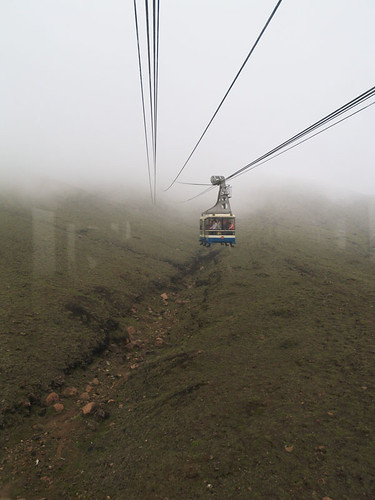
The volcanic peaks were surrounded by plenty of grasslands where you could find cows grazing on them.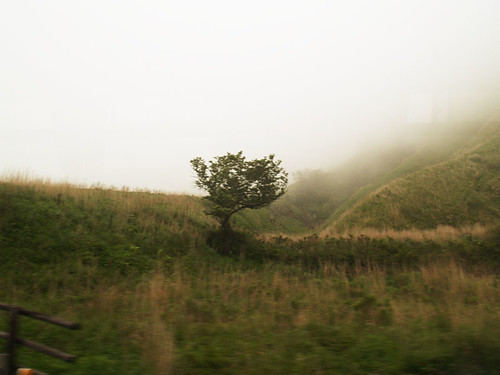

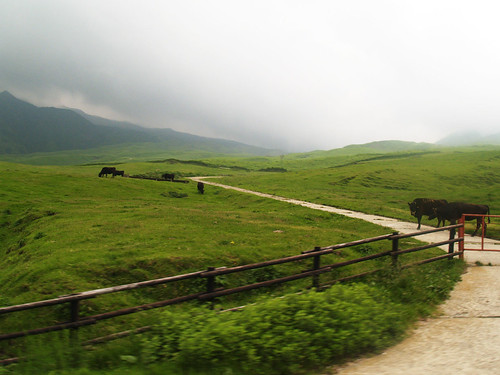
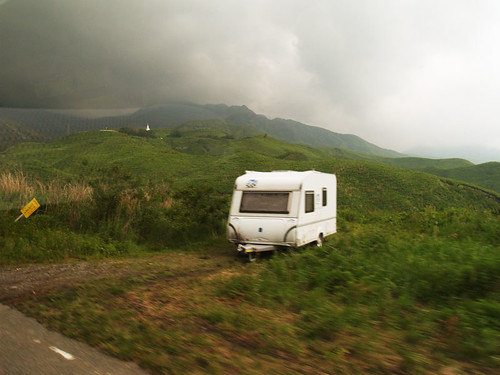
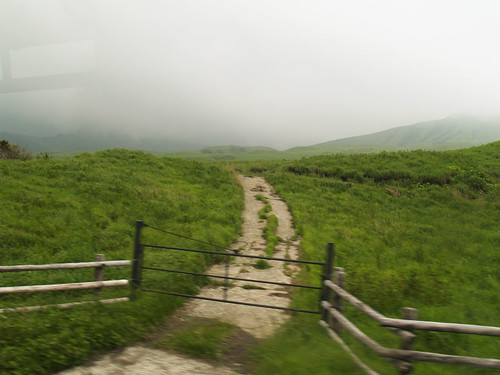
I could remember the bus heating up as it made its way up and down the mountains.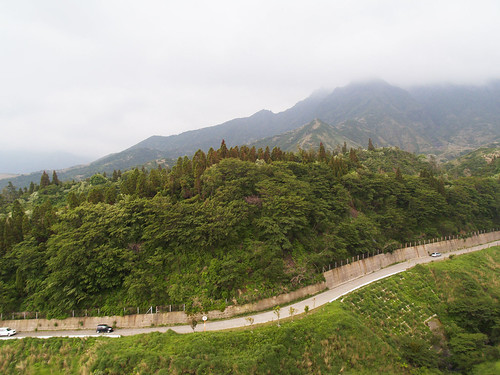
We travelled on the Old Oguni Highway as we made our way to the hot spring town of Kurokawa Onsen, roughly translated as the "Black River Hot Springs".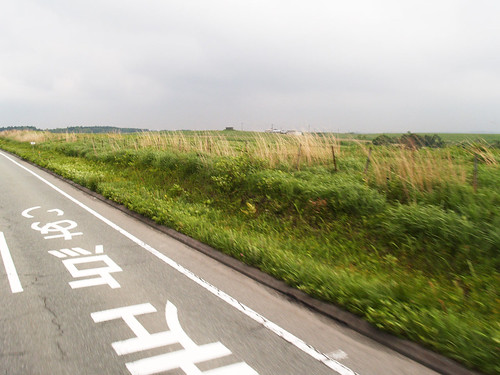
There we had a sketching session. Kurokawa Onsen is a very popular hot spring town in Kyushu since the feudal times, it is surrounded by picturesque mountains and lush gorges. One of the cheaper lodgings here could cost up to 14000 yen with breakfast and dinner included.
However, you could opt for something cheaper by taking a “tour of outdoor baths”, rotemburo meguri where you pay 1200 yen for the admission to the baths of three different ryokans of your choice.
Pity we don’t get to stay over at Kurokawa Onsen, it was a pleasant little town. Unlike some modern hot spring towns with its jarring concrete blocks, the town adopts a traditional Japanese architecture style/look under a perservation project that also bans flashy signs on top of stressing on unity among buildings.

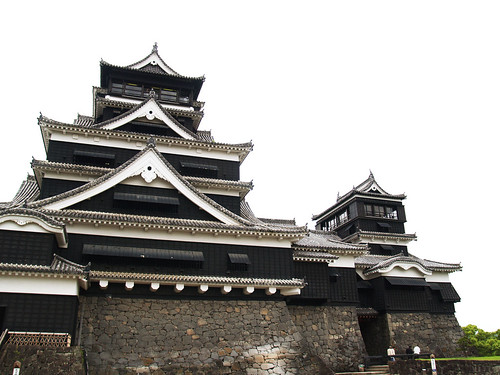
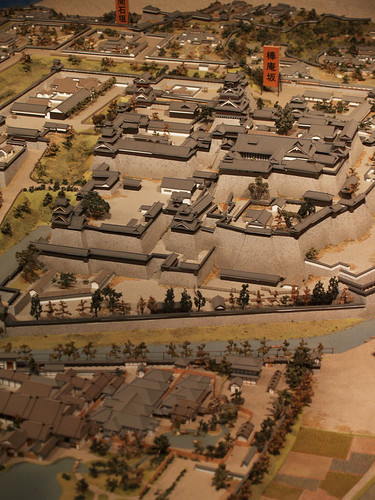

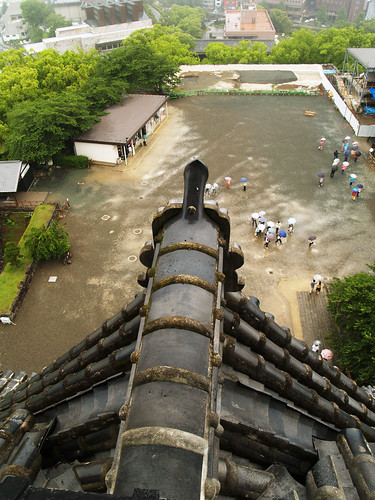

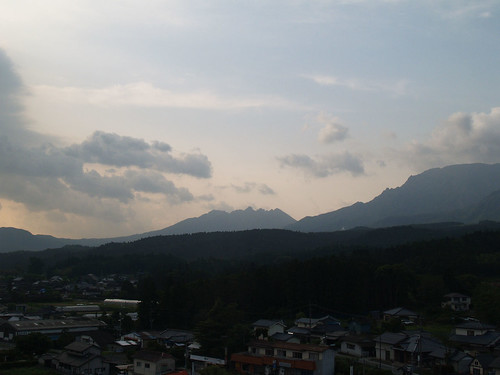
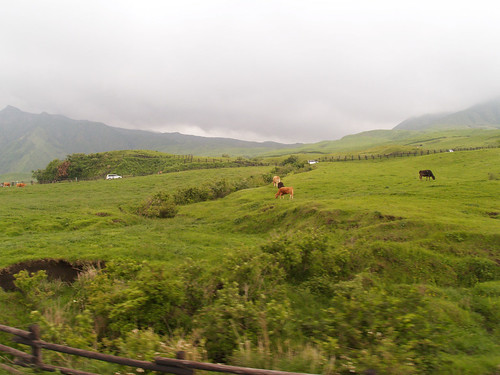
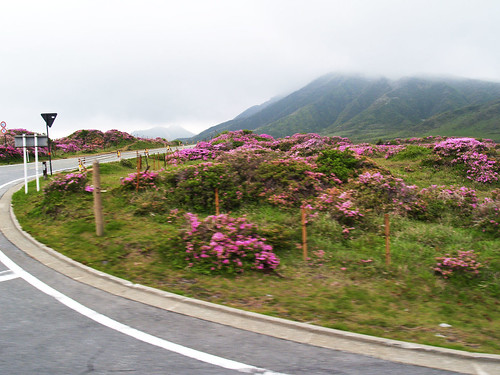
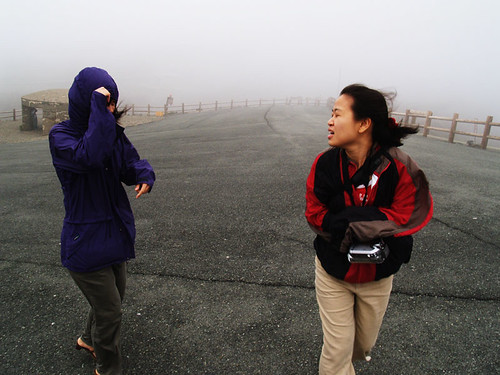
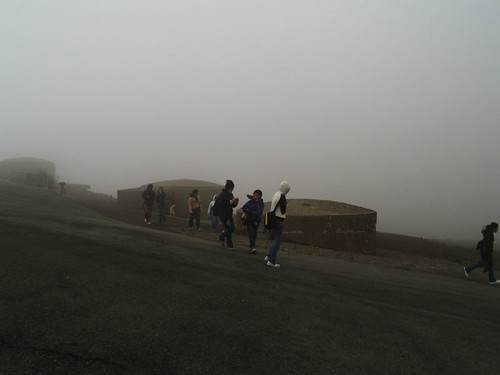
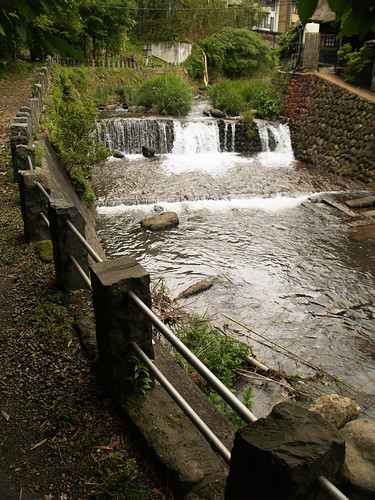
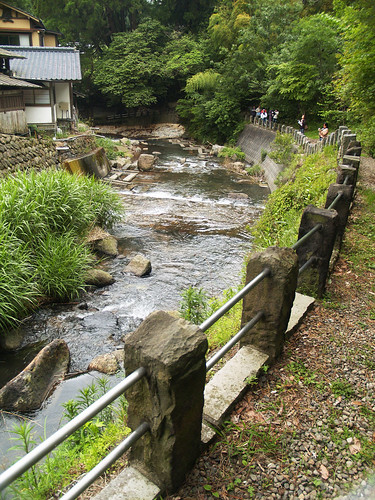














0 comments:
Post a Comment
Note: Only a member of this blog may post a comment.